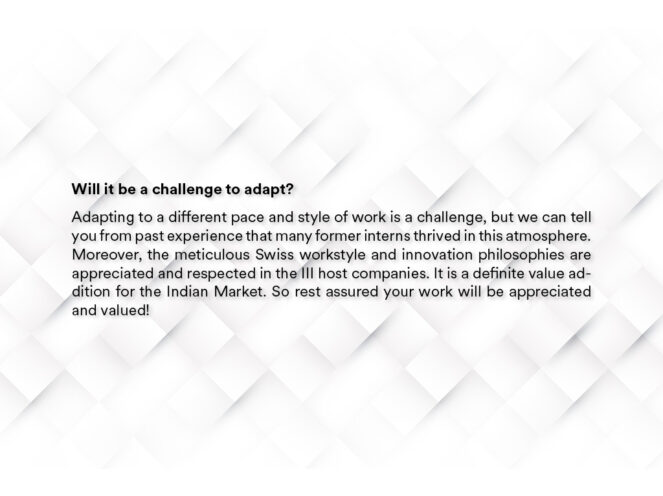I. ROBOTICS/INTERFACE PROGRAMMER
Responsibilities: Pors & Rao are seeking interns who can contribute at three levels of difficulty. The first involves coding aspects of artworks, requiring behavioural logic. The second involves sensor signal processing. The third and more architecturally demanding level involves coding for the studio robotics platform, BEING, in their longstanding robotics interface project: PATHOS.
Here, good motor control expertise or UI experience is necessary. The platform project is tailor-made to support the studio’s artmaking, essentially enabling non-engineers to design with robotics.
Skills: Capabilities to make UI-oriented contributions using Javascript, back-end-oriented contributions using Python, or both. This may also include creating new hardware interfaces for the studio’s hands-on robotics toolset called the BEING KIT.
Expectations: A keen sensitivity to the needs of the project, the team, and the artists is essential. Precision, methodical work and cooperation are expected. We aim for contributions to be genuinely utilised in the real world on live projects, so conforming to our programming guides and documentation requirements is crucial.
Learnings: An experience where individual programmers in a dedicated team can be challenged and experience real-life on-site scenarios, both in terms of artwork and toolmaking.
Additional information: To know more about PATHOS and BEING, please check the ETH Zurich Robotics Aesthetics & Usability Center (RAUC). You can also look at this story in Google Arts and Culture and also this story about PATHOS on Planet Digital.
II. MECHANICAL/MECHATRONICS DESIGNER
Responsibilities: Interns can contribute mainly in two domains: one involves the artworks themselves, while the other focuses on the robotics tools and platform we are building to support art-making (PATHOS).
Currently, Pors & Rao is developing a hands-on robotics toolset called the BEING KIT for their art practice. The tools are primarily module extractions from previous artworks that have been polished and made user-friendly for non-engineers. This allows artists to sketch and mock up robotics-enabled behavioural installations on the fly. The intern’s role would be to contribute to forthcoming modules with a keen sensitivity to the needs of the analog / less tech-savvy artists and in-house engineers.
Additionally, interns could contribute to the prototyping of new artworks involving creative applications of mechatronic elements. In both cases, the emphasis is on robustness, usability, and real-life practicality. The studio team has many years of practical experience in the field and has developed procedures, methods, and tools (like Autodesk Fusion) over the years that suit the studio’s needs.
Skills: Experience in the field of mechanical design and mechatronics.
Expectations: It is paramount that interns enter the team with an openness to first learn the studio’s methodologies before contributing.
Learnings: Bengaluru presents exciting possibilities in manufacturing, and the studio assists interns in producing and testing their work.
Additional information: To know more about PATHOS and BEING, please check the ETH Zurich Robotics Aesthetics & Usability Center (RAUC). You can also look at this story in Google Arts and Culture and also this story about PATHOS on planet digital.




















